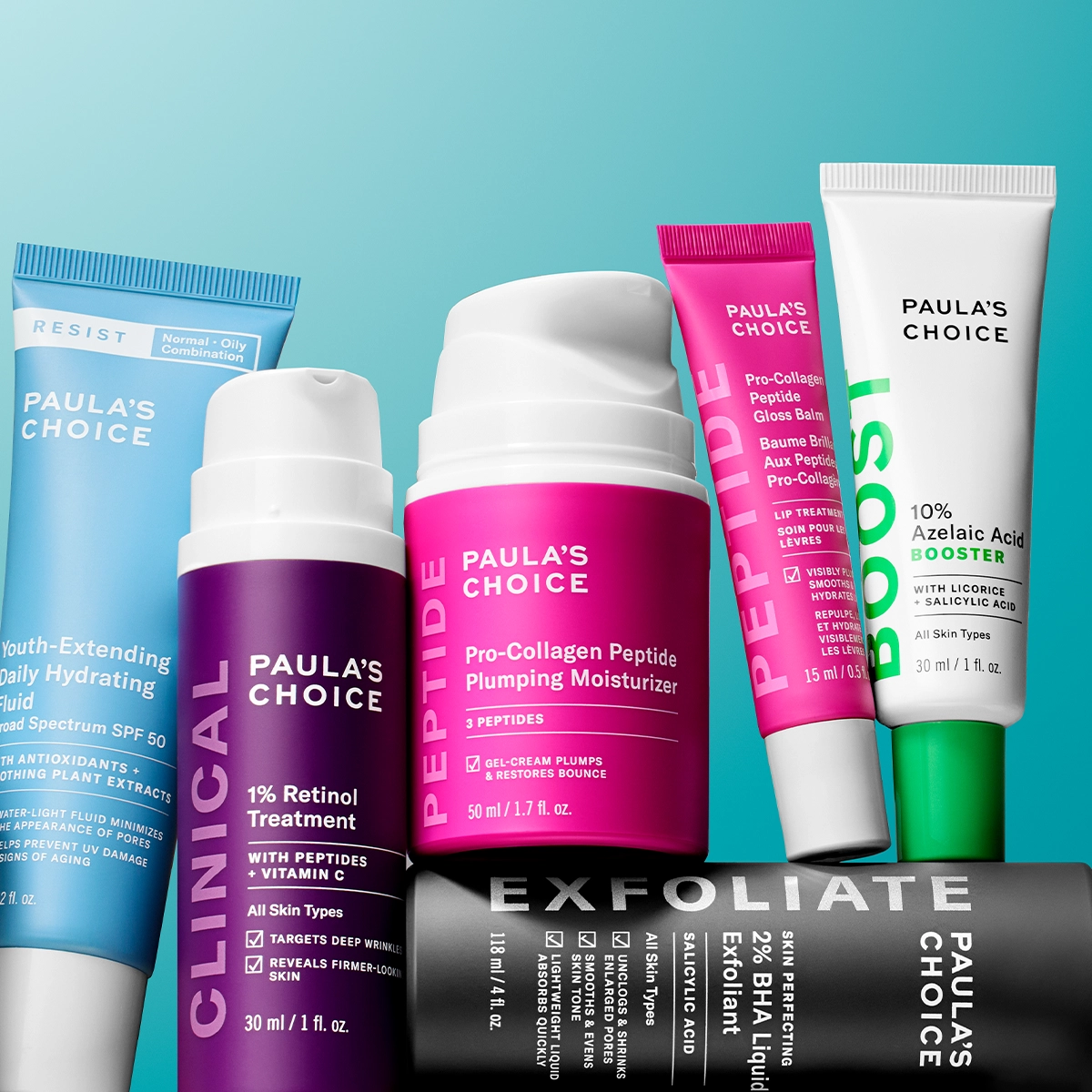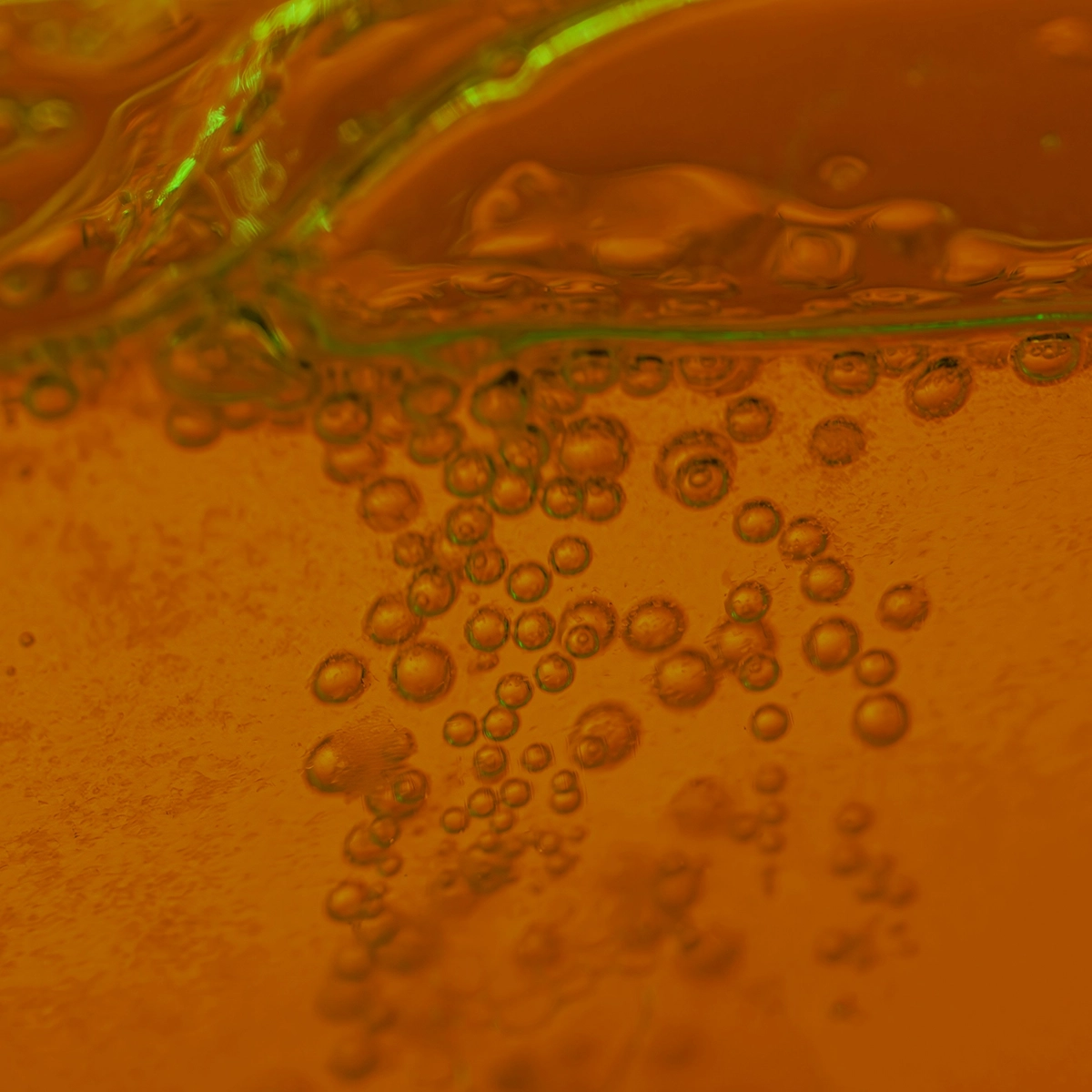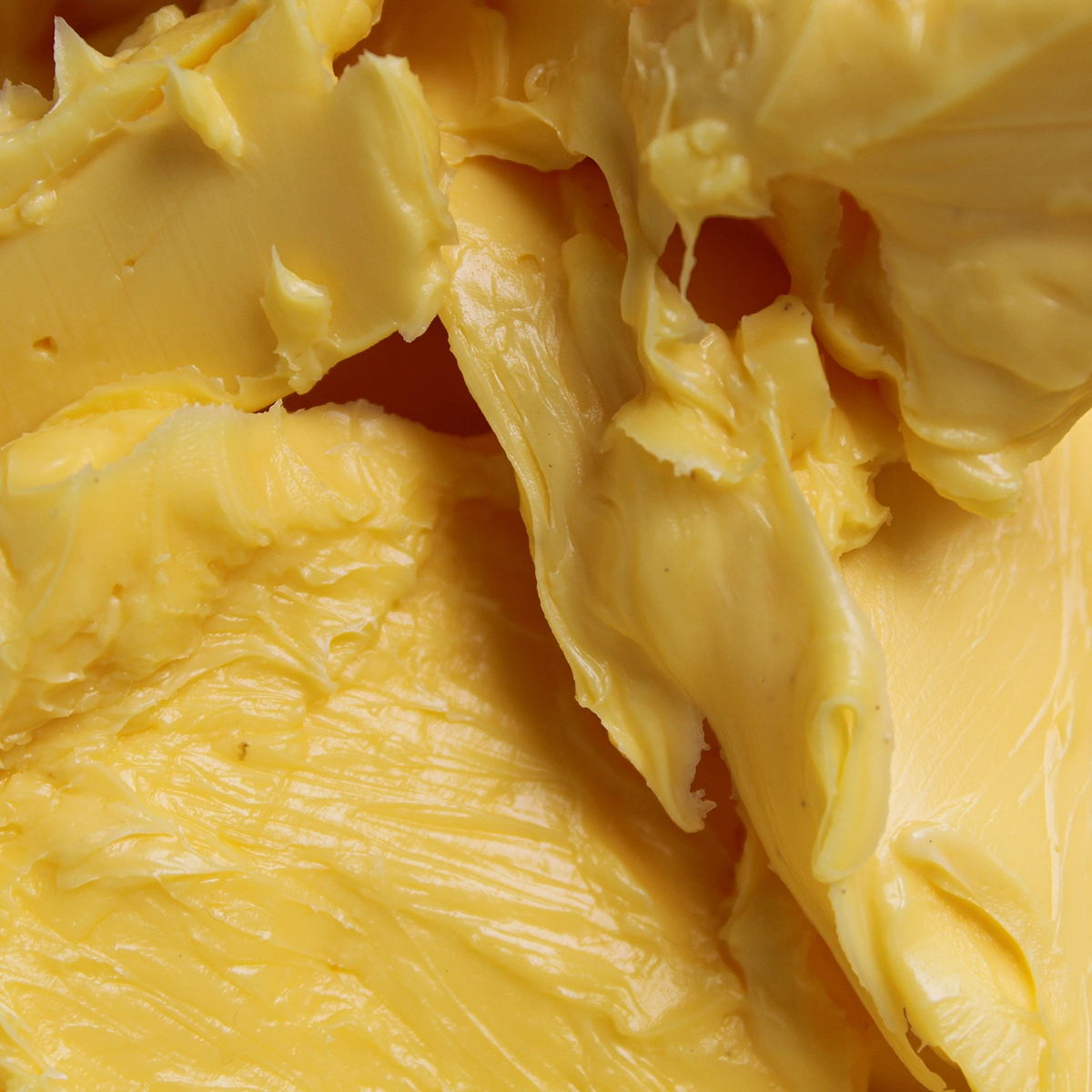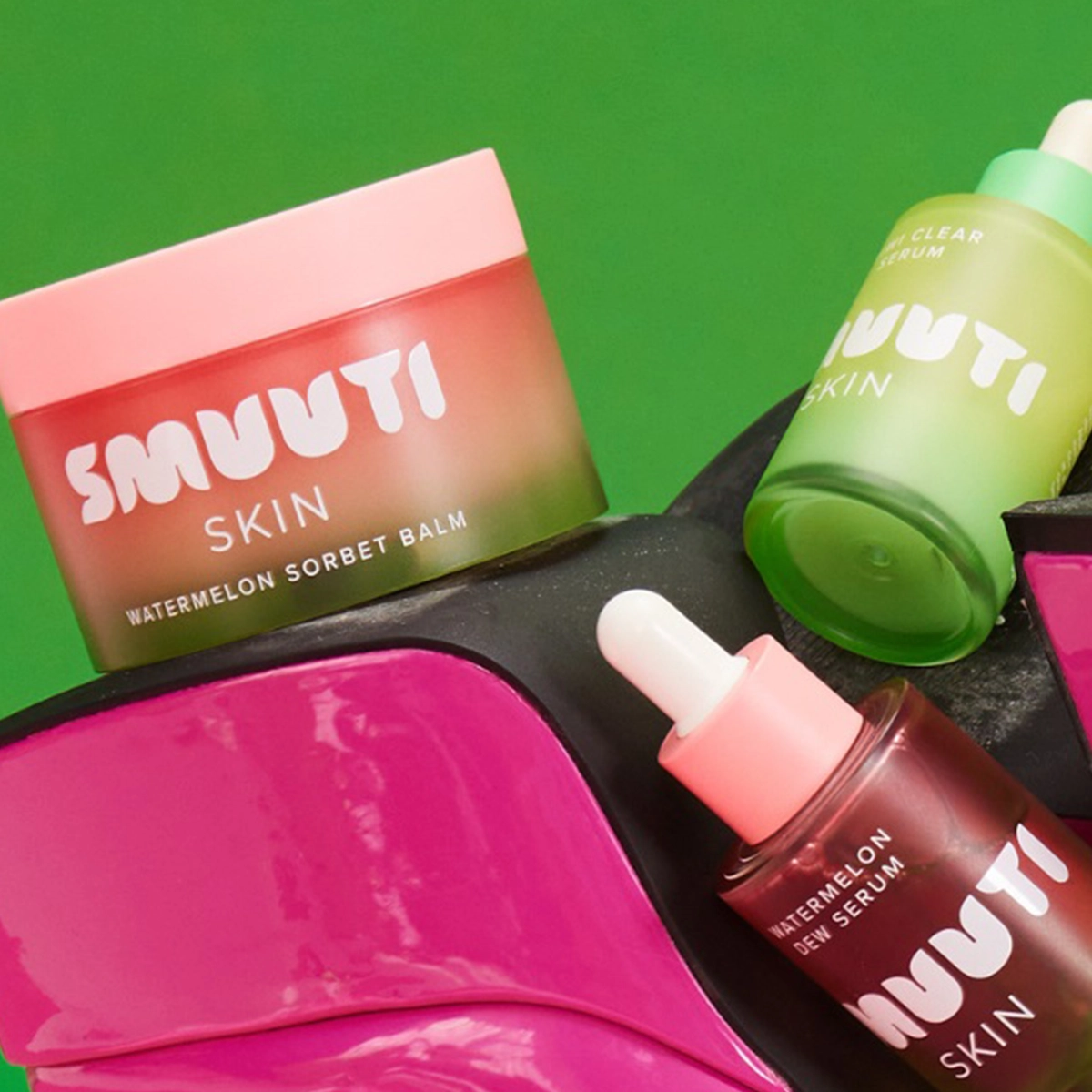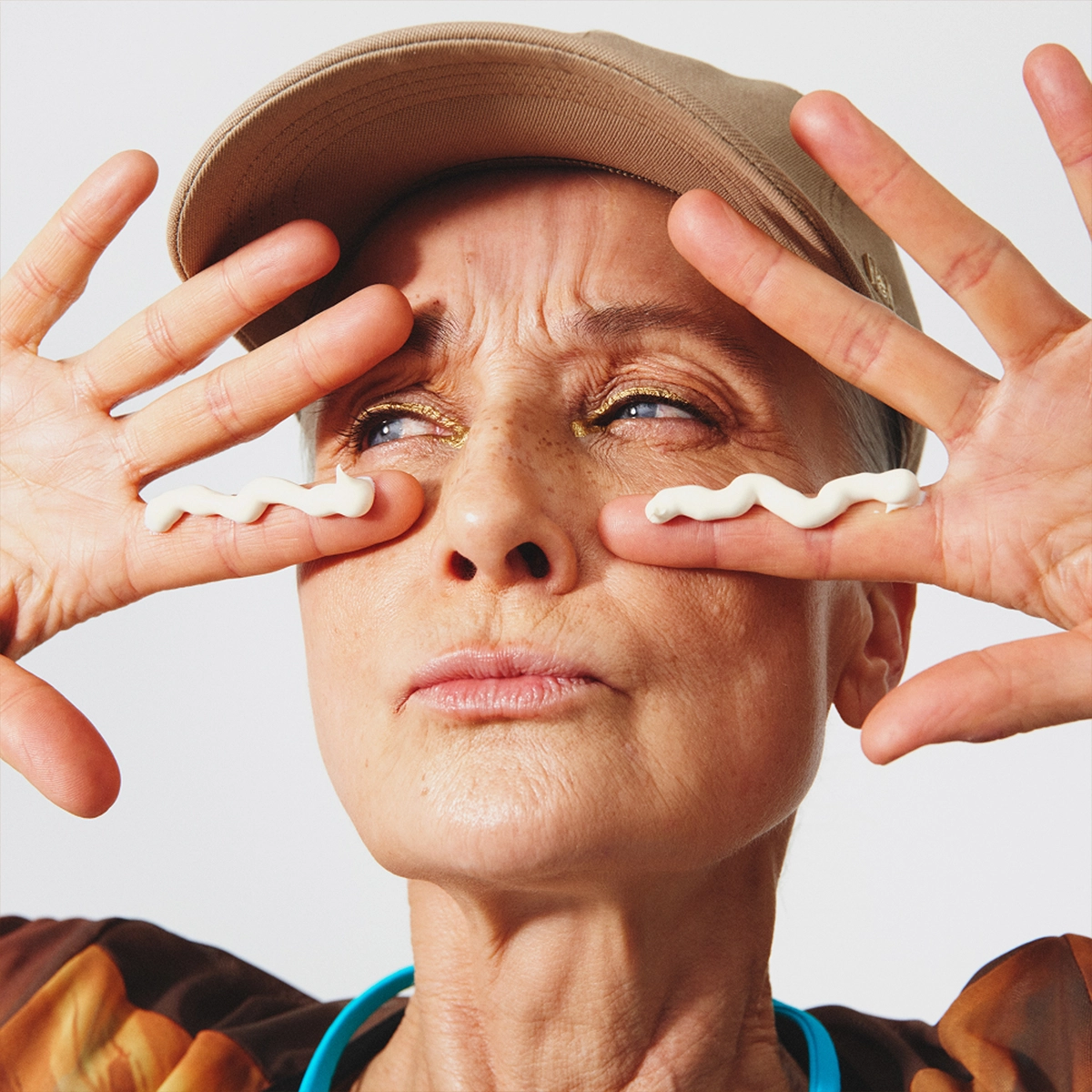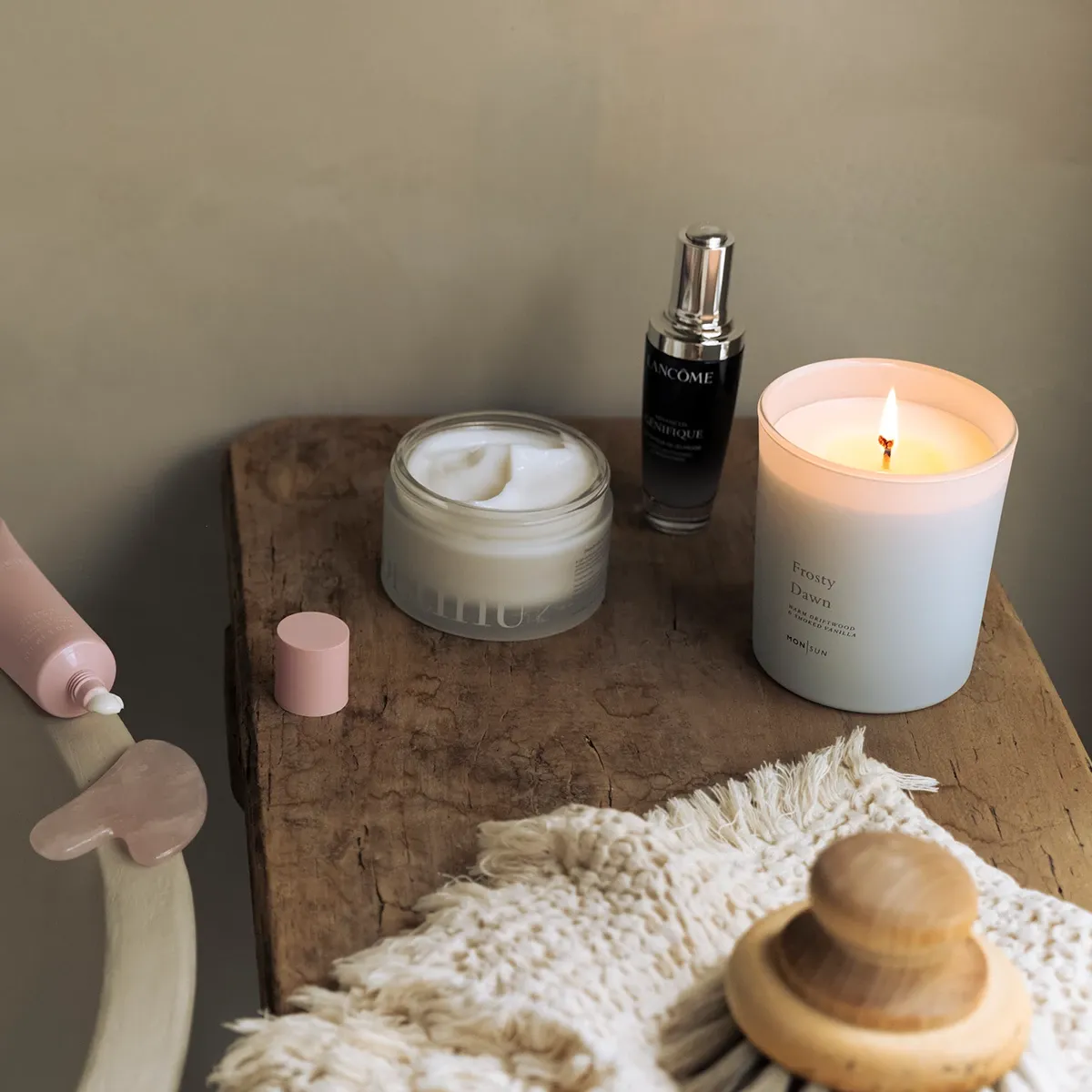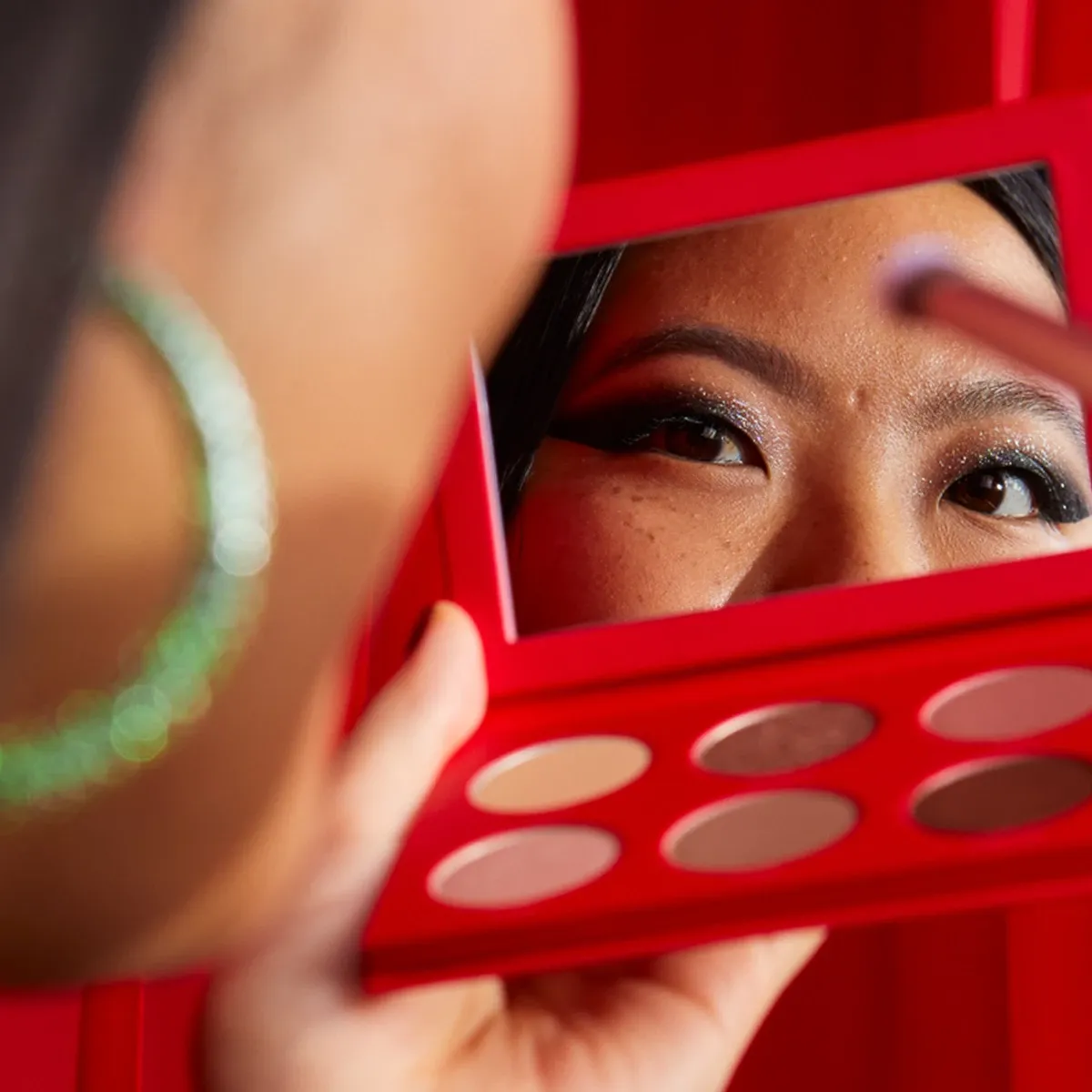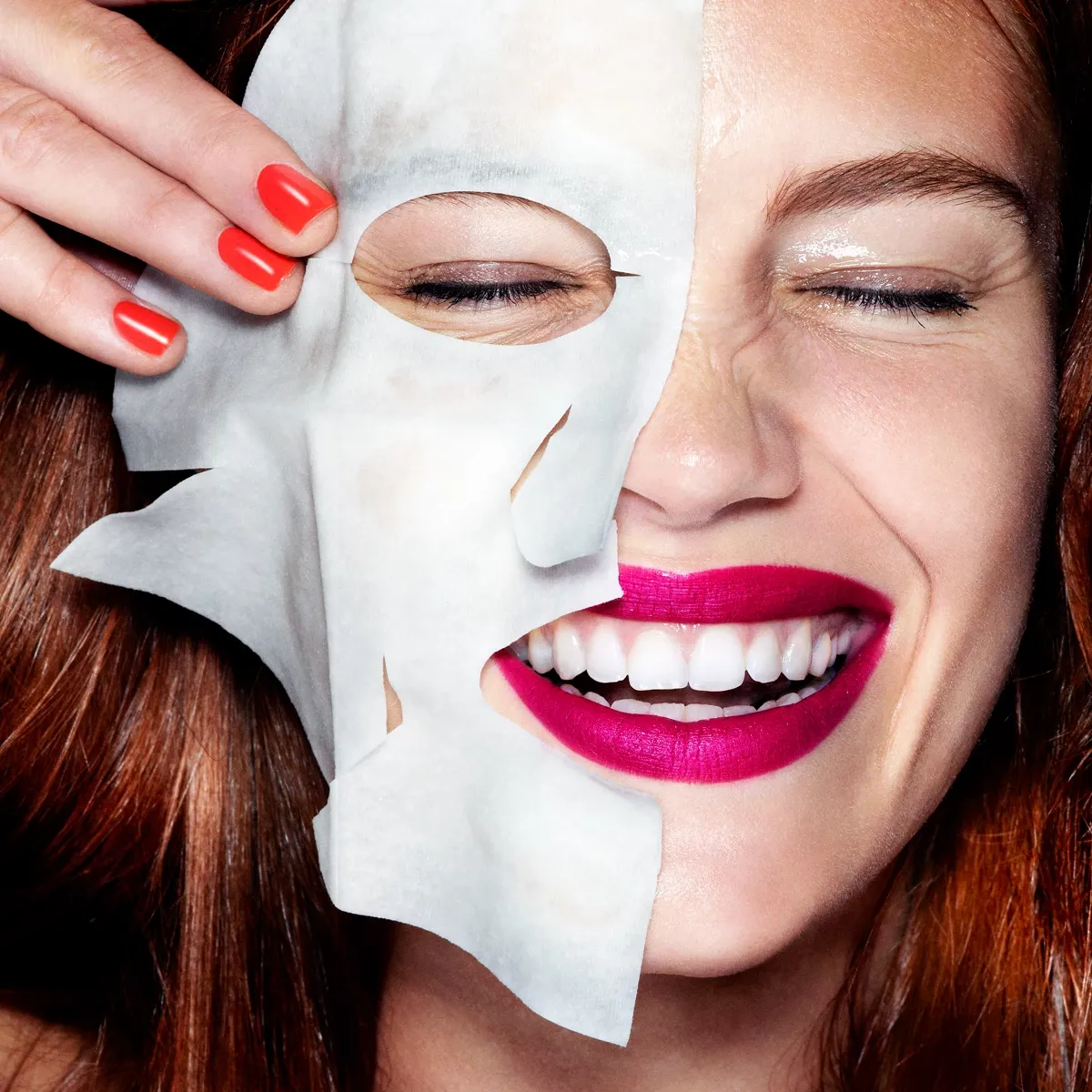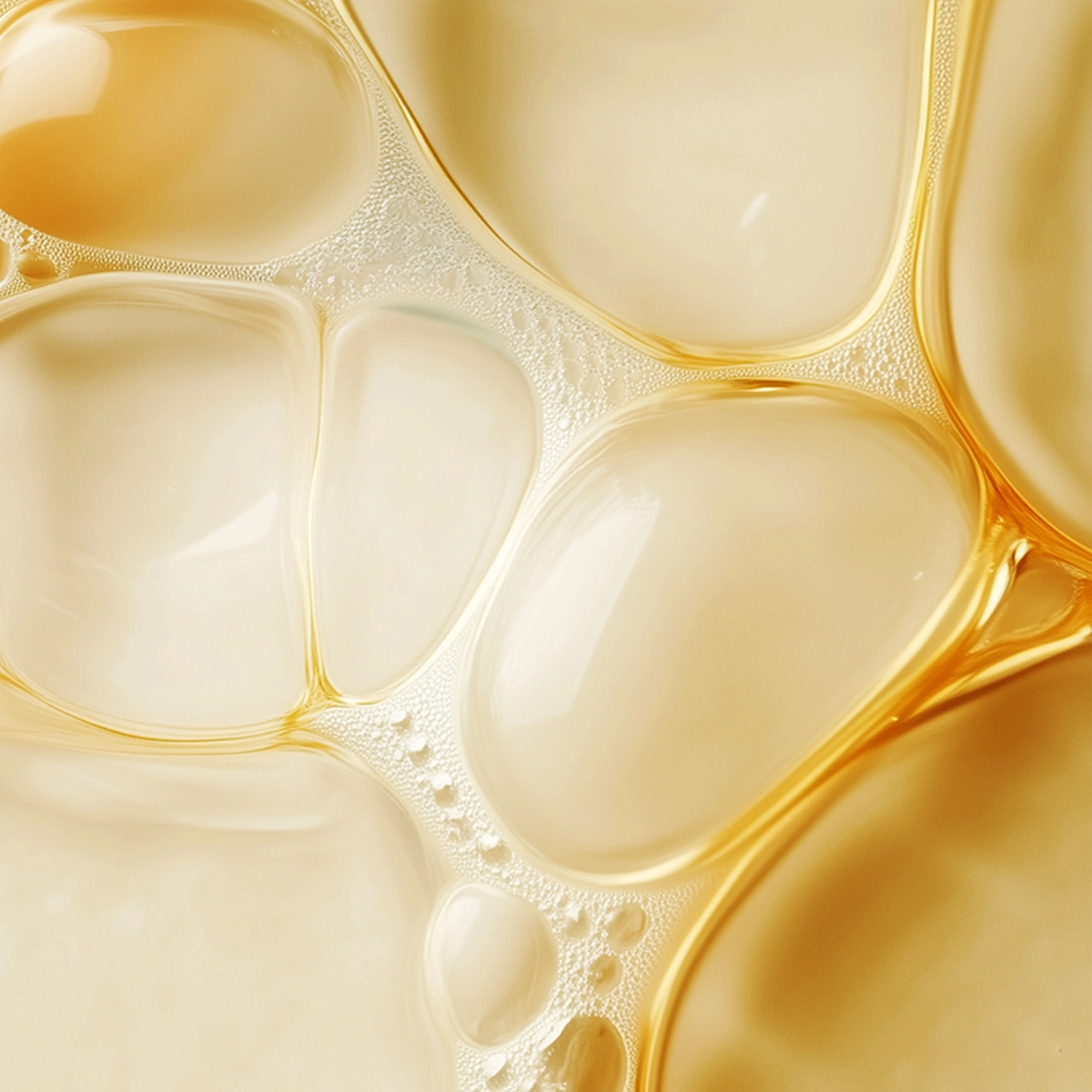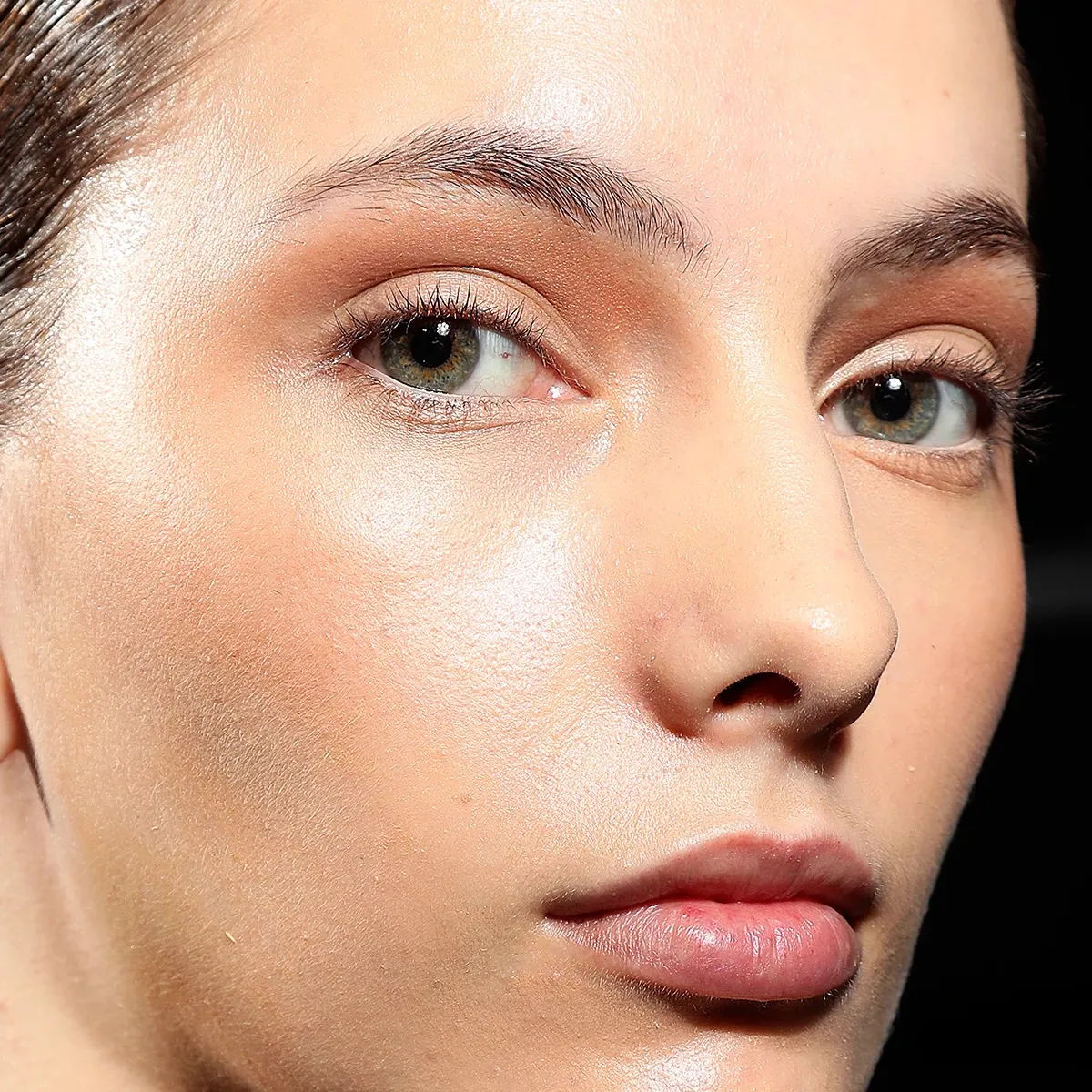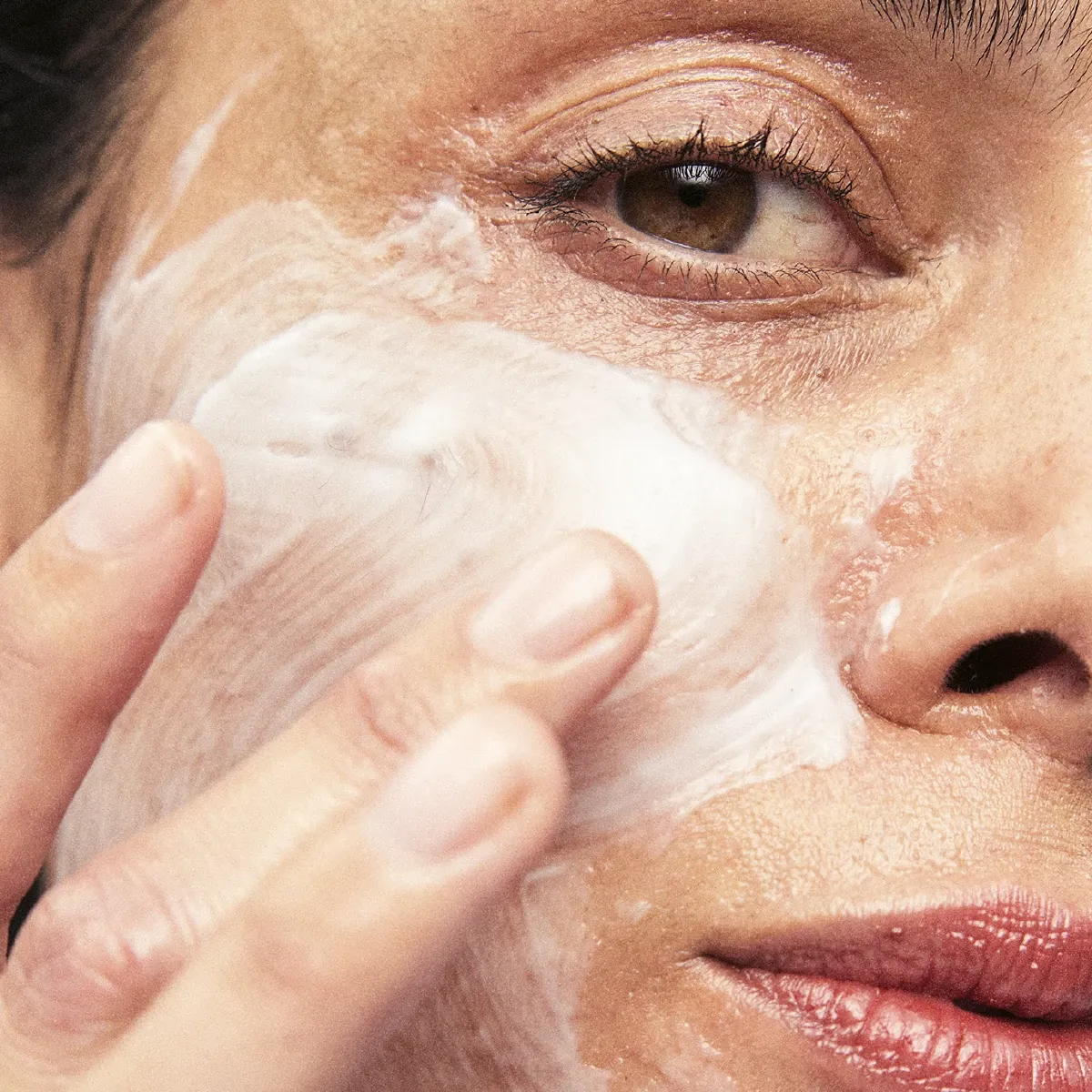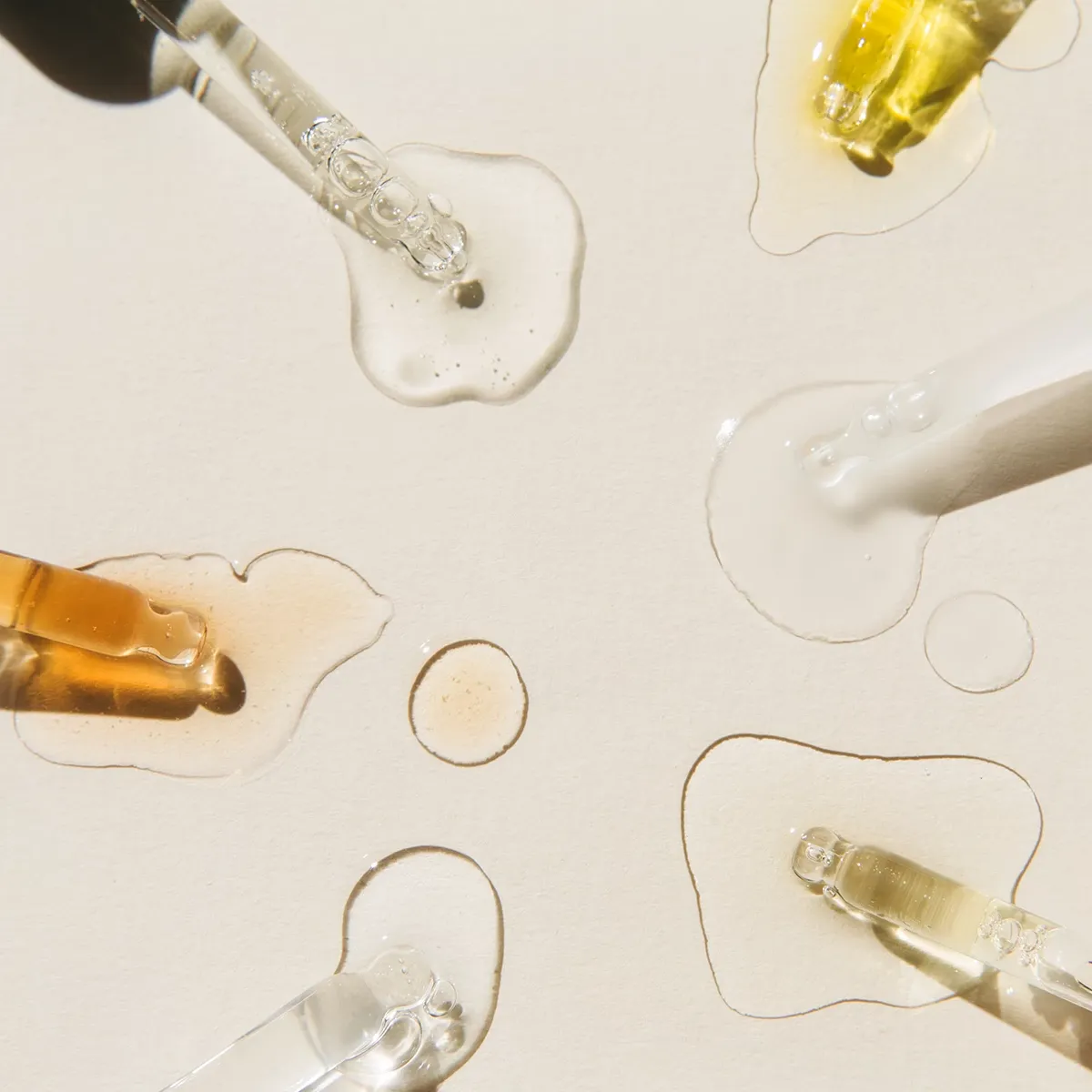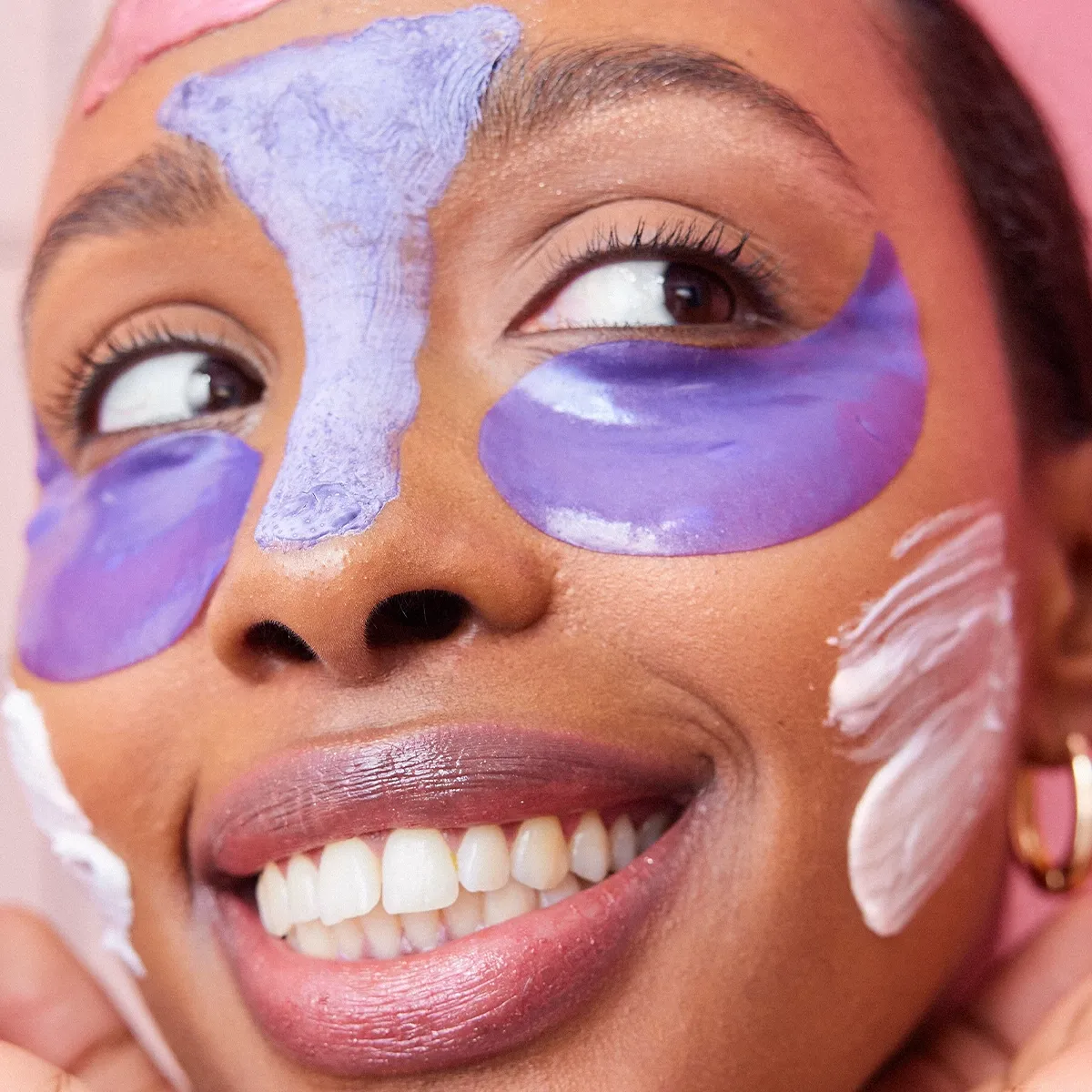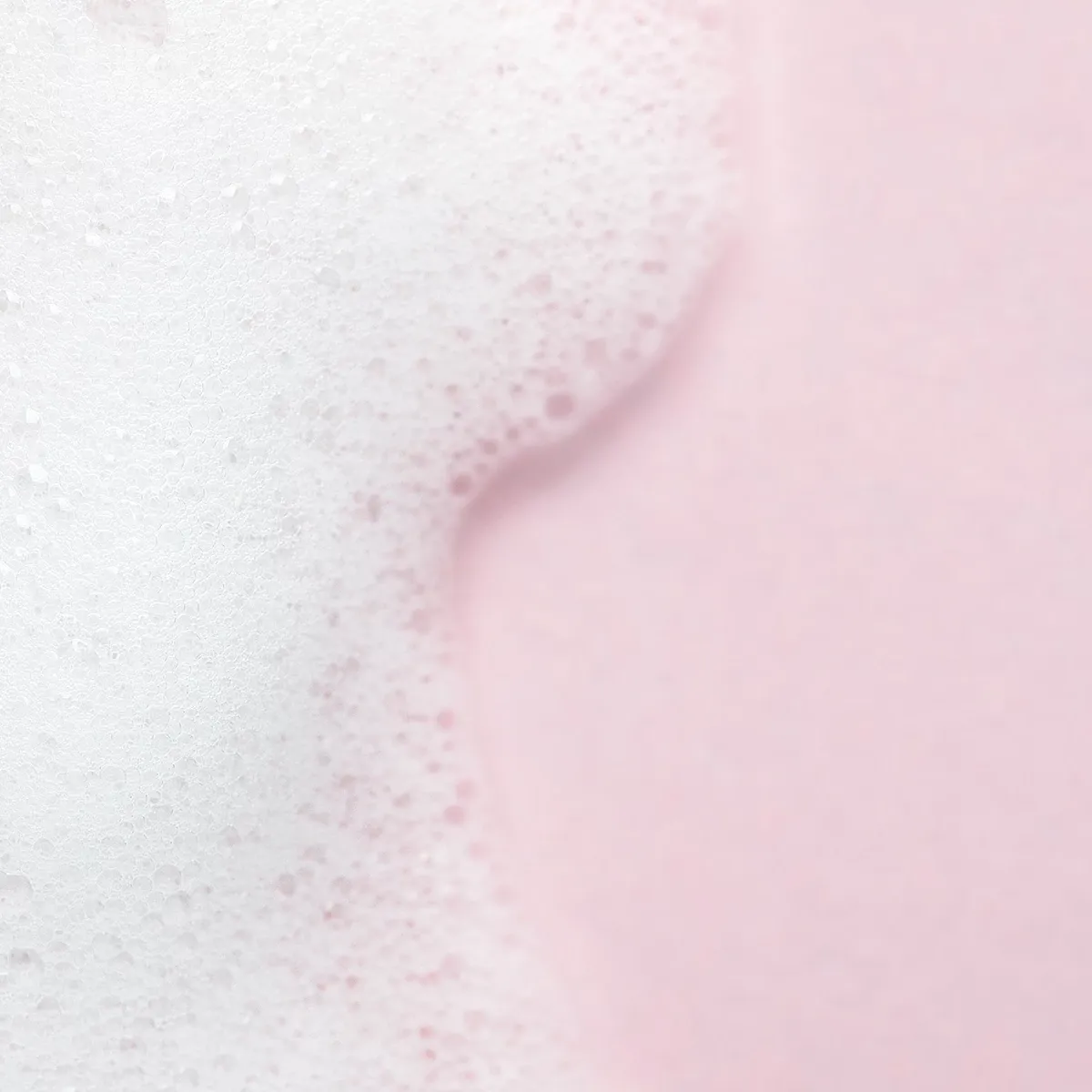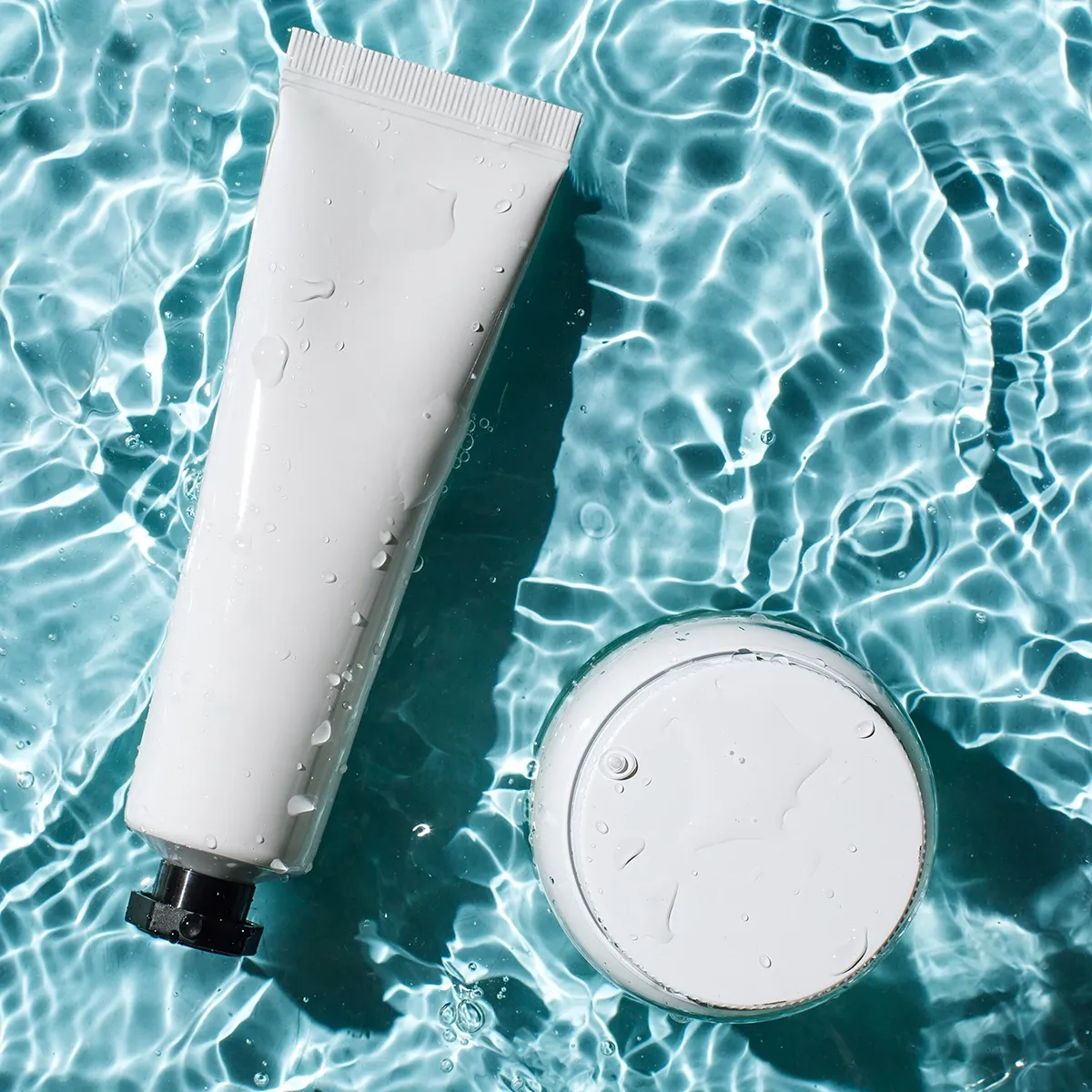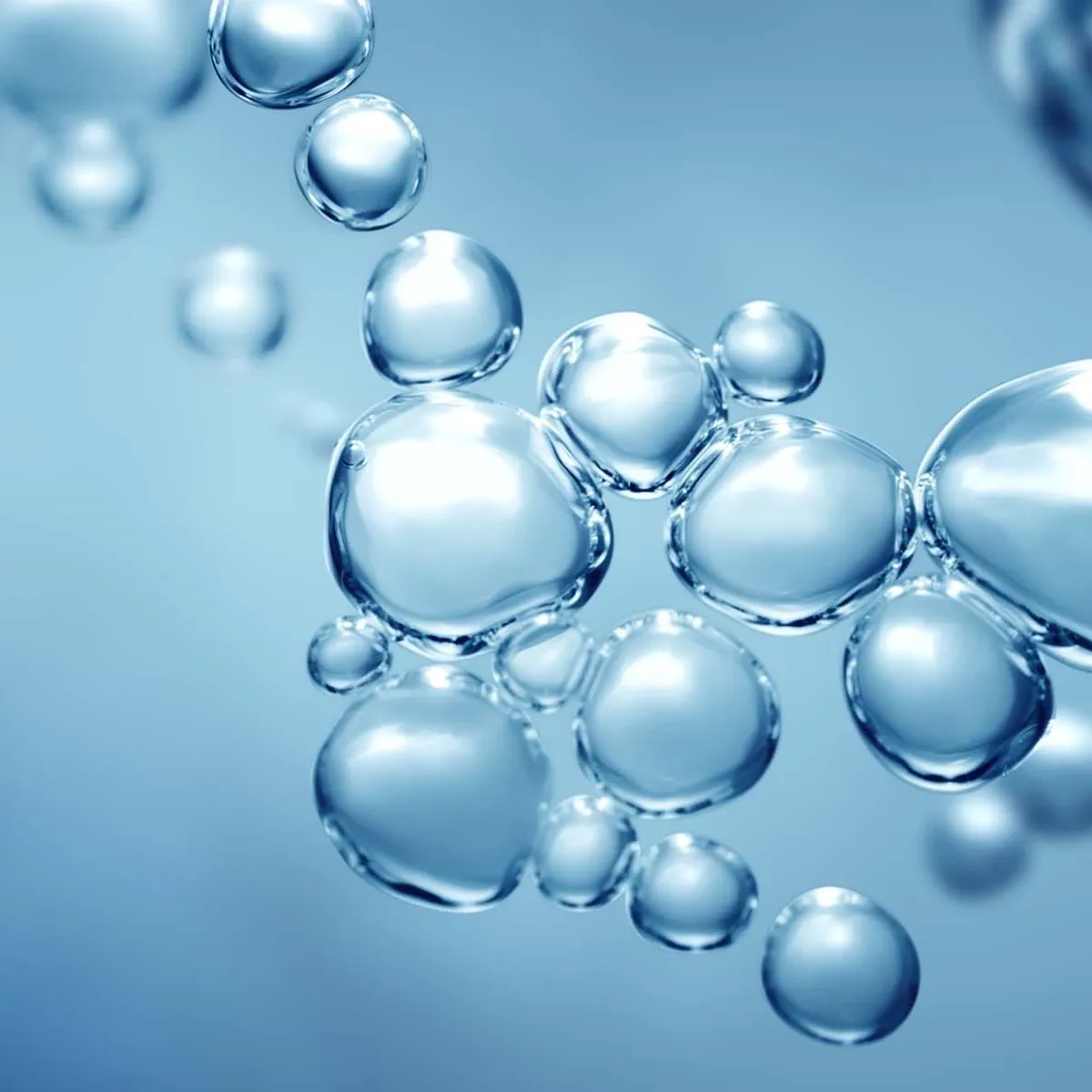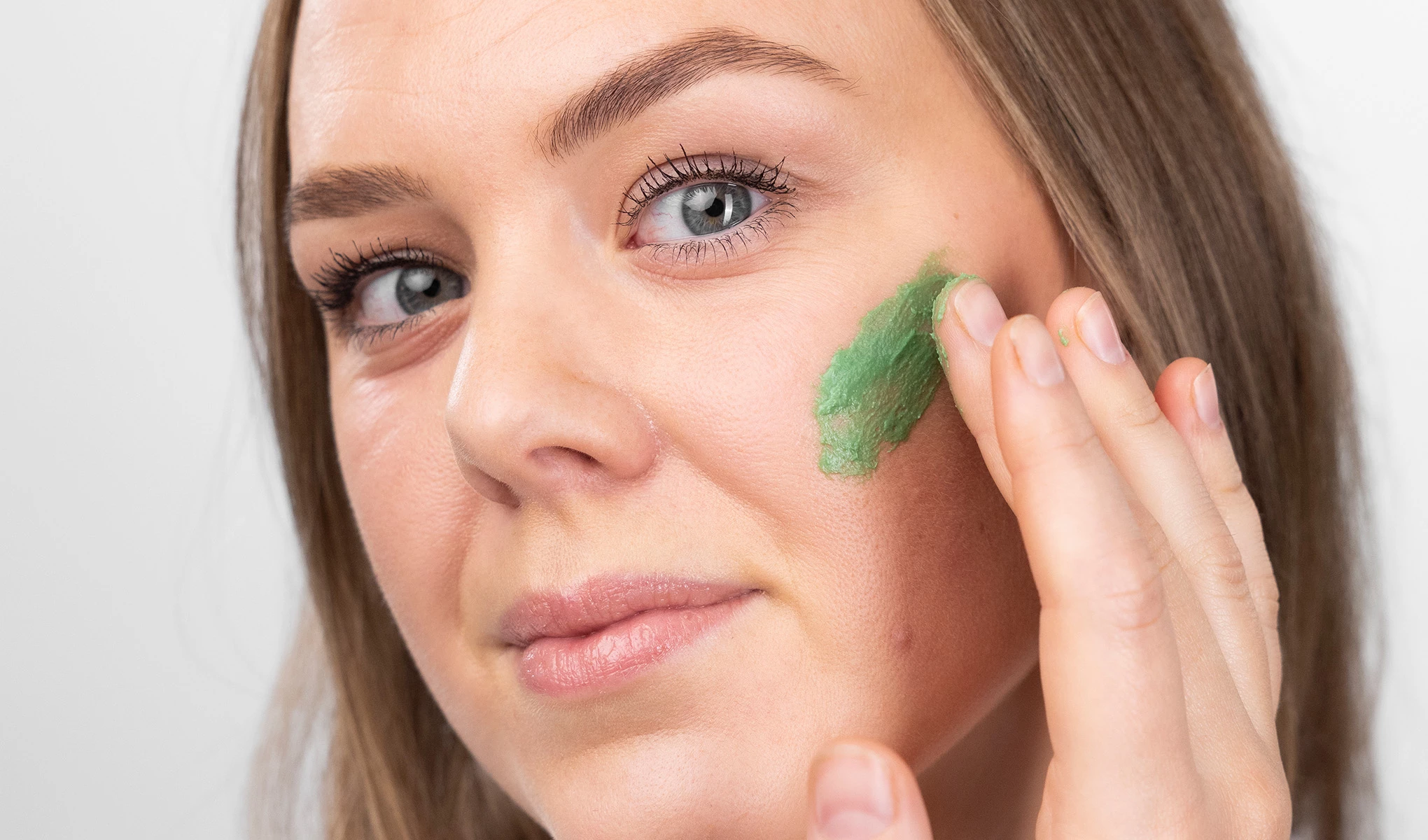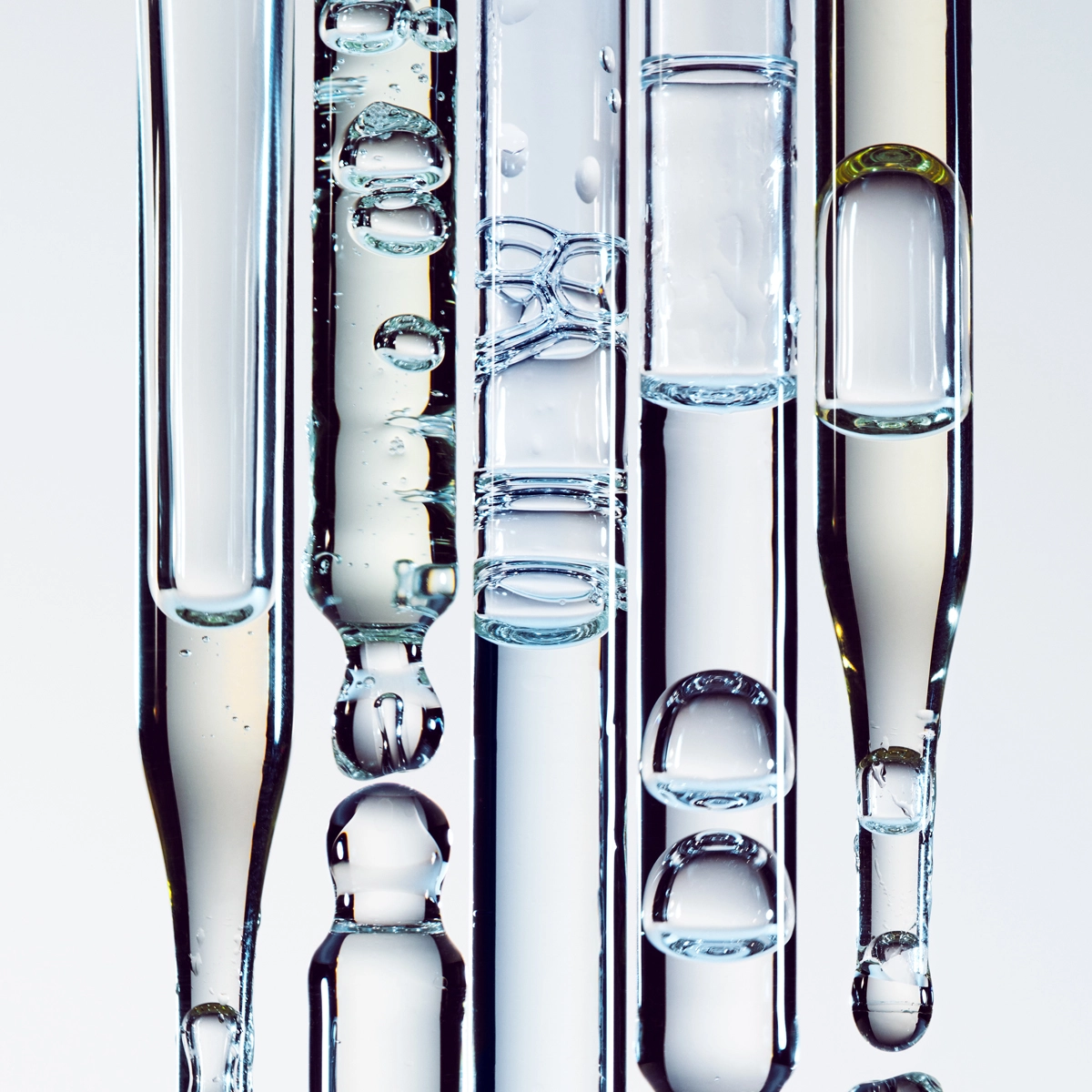Hudens lag
Huden, vårt største organ og beste beskytter mot ytre påkjennelser. Men det slutter ikke der, med sine tre lag som igjen er oppdelt i flere lag, har huden mange flere funksjoner enn å bare beskytte oss fra utsiden. Hvert lag og cellelag har sine ansvarsområder og egenskaper for at huden skal fungere som den gjør og være så unik som den er hos hvert individ. Hva skjuler seg under overflaten?

EPIDERMIS
Several layers of cells are included in the Epidermis which is called the top layer or the epidermis. This is where cell renewal occurs, the cells migrate from the basal membrane to the stratum corneum where they are then supported (naturally and with the help of skin care peeling ) and make way for new, healthy cells that have migrated the same way. It is this protective cell layer that we often associate as the foundation of the skin and the lipids around it as the glue. Also known as our skin barrier. A face cream acts as the final protective layer in the skin care routine and is a helping hand and the leader in the work of repairing the bricks and glue.
Stratum Corneum, the horny layer, is the outermost layer of cells that we see and know. The horny layer consists primarily of keratin, but also fat, amino acids, salt, ceramides and cholesterol. Stratum Lucidum has no clear boundary to the horny layer, but is more visible to the eye. It is a light layer that is visible on the soles and palms of the hands. In the Stratum Granulosum, keratinization begins, the process where the cells become smoother and come further from the nourishment. It is only in the Stratum Basale that cell renewal occurs where the cells receive nourishment from the deep layer Dermis, the deepest layer of the Epidermis is called the Stratum Germinativum. Here, the Stratum Basale and the Stratum Spinosum, the cell layer for the Epidermis's various cell types, gather.
EPIDERMIC CELL TYPES:
Keratinocytes are growth cells that form in the basal layer and migrate in step with cell renewal, becoming keratinized and forming the stratum corneum.
Melanocytes are pigment-forming cells that protect against UV and partly determine our skin tone.
Langerhans cells are of great importance to our immune system.
DERMIST
The dermis, also called the leather, has a supporting and contracting function. The dermis is divided into two layers. The stratum papillare supplies the deepest part of the epidermis with nutrients via blood vessels from veneer-like projections called corium papillae. Here are also sensory bodies that make us feel pressure, cold, heat and pain.
The stratum reticulare contains fat cells, blood vessels, lymphatic vessels, sebaceous glands, sweat glands and hair follicles that are woven together in a network of collagen fibers combined with each other and elastic fibers. The stratum reticulare keeps our skin firm and supple.
DERMIS CELL TYPES:
Fibroblasts and fibrocytes – molecule-forming for fibers and ground substance.
Mast cells produce histamine and heparin.
Histiocytes & macrophages keep foreign particles and bacteria away.
Lymphocytes & granulocytes are white blood cells and colleagues of lagerhans cells.
SUBCUTIS
The bottom layer of the skin, the subcutaneous tissue. Made up of connective tissue similar to the Dermis and fat cells. The subcutis' specialty is to store fat and act as our extra battery and energy reserve. The subcutaneous fat maintains our heat and also acts as an air-bag for our organs and protects against external pressure. Together with muscles, tendons and larger blood vessels, our organs can work together in harmony without being disturbed by the body's movements.
SKIN PORES
Small openings in the skin are called pores. Some are noticeable, but most are so small that you can't see them. Here we find hair follicles, sweat glands and sebaceous glands that keep the skin supple, secrete irritants and absorb important substances. It is through the pores that the skin's nourishing ingredients are absorbed by the skin. Get help from a gentle cleanser like Milky Lotion Cleanser in your morning and evening routine to get rid of irritants and better absorb the nourishing formulations of your skin care routine. Thank your skin's pores for making this possible!
